Here's a copy-pastable function, handy for if you're dealing with long videos and are using a streaming iterator (from here)
from typing import Iterator, Optional, Tuple
from pathlib import Path
import matplotlib as mpl
import matplotlib.pyplot as plt
import numpy as np
def write_animation(
itr: Iterator[np.array],
out_file: Path,
dpi: int = 50,
fps: int = 30,
title: str = "Animation",
comment: Optional[str] = None,
writer: str = "ffmpeg",
) -> None:
"""Function that writes an animation from a stream of input tensors.
Args:
itr: The image iterator, yielding images with shape (H, W, C).
out_file: The path to the output file.
dpi: Dots per inch for output image.
fps: Frames per second for the video.
title: Title for the video metadata.
comment: Comment for the video metadata.
writer: The Matplotlib animation writer to use (if you use the
default one, make sure you have `ffmpeg` installed on your
system).
"""
first_img = next(itr)
height, width, _ = first_img.shape
fig, ax = plt.subplots(figsize=(width / dpi, height / dpi))
# Ensures that there's no extra space around the image.
fig.subplots_adjust(
left=0,
bottom=0,
right=1,
top=1,
wspace=None,
hspace=None,
)
# Creates the writer with the given metadata.
Writer = mpl.animation.writers[writer]
metadata = {
"title": title,
"artist": __name__,
"comment": comment,
}
mpl_writer = Writer(
fps=fps,
metadata={k: v for k, v in metadata.items() if v is not None},
)
with mpl_writer.saving(fig, out_file, dpi=dpi):
im = ax.imshow(first_img, interpolation="nearest")
mpl_writer.grab_frame()
for img in itr:
im.set_data(img)
mpl_writer.grab_frame()
